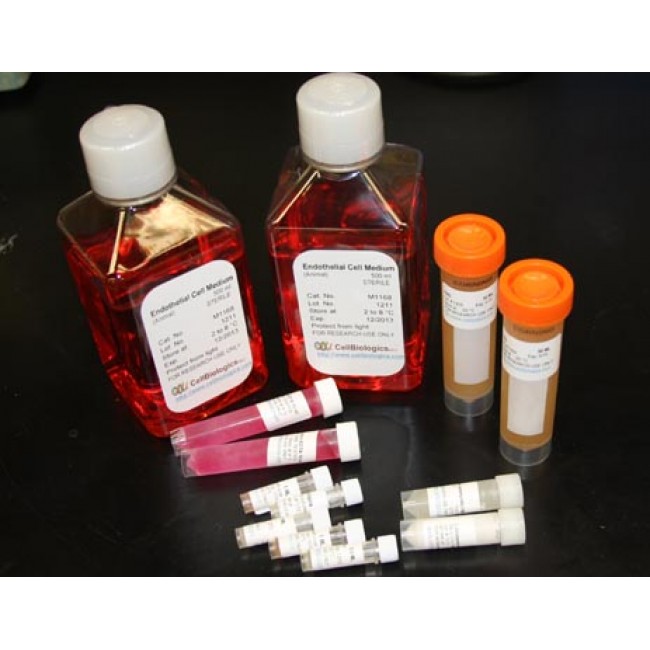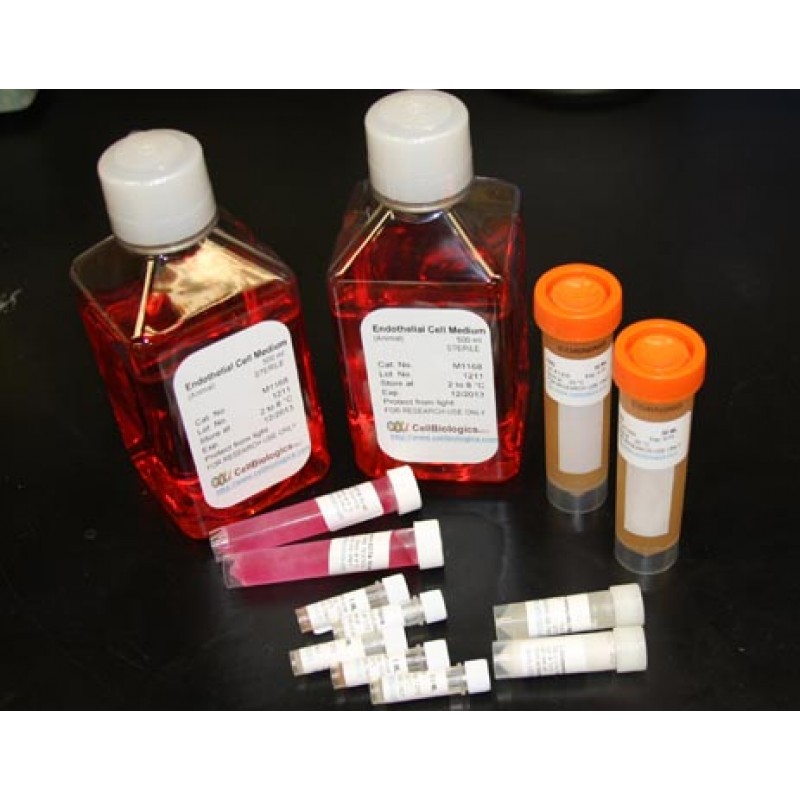The chemokine neutrophil- activating peptide 2 (NAP-2) is a 70-amino acid residue polypeptide that is formed from platelet-derived precursors by proteolytic processing. Mature NAP-2 stimulates various effector functions of polymorphonuclear neutrophil granulocytes (PMN) including directed chemotactic migration, exocytosis of lysosomal enzymes and secondary granule contents, and up-regulation of adhesion receptors. NAP-2 has been assigned to a subfamily now termed alpha-chemokines. The alpha-chemokines contain four cysteine residues at highly conserved positions which enclose the core region of the molecules. The first two cysteines are separated by a single amino acid, forming a motif (CXC) that distinguishes the alpha-chemokine from the beta-chemokine subfamily, where these cysteines are in directly adjacent position.


